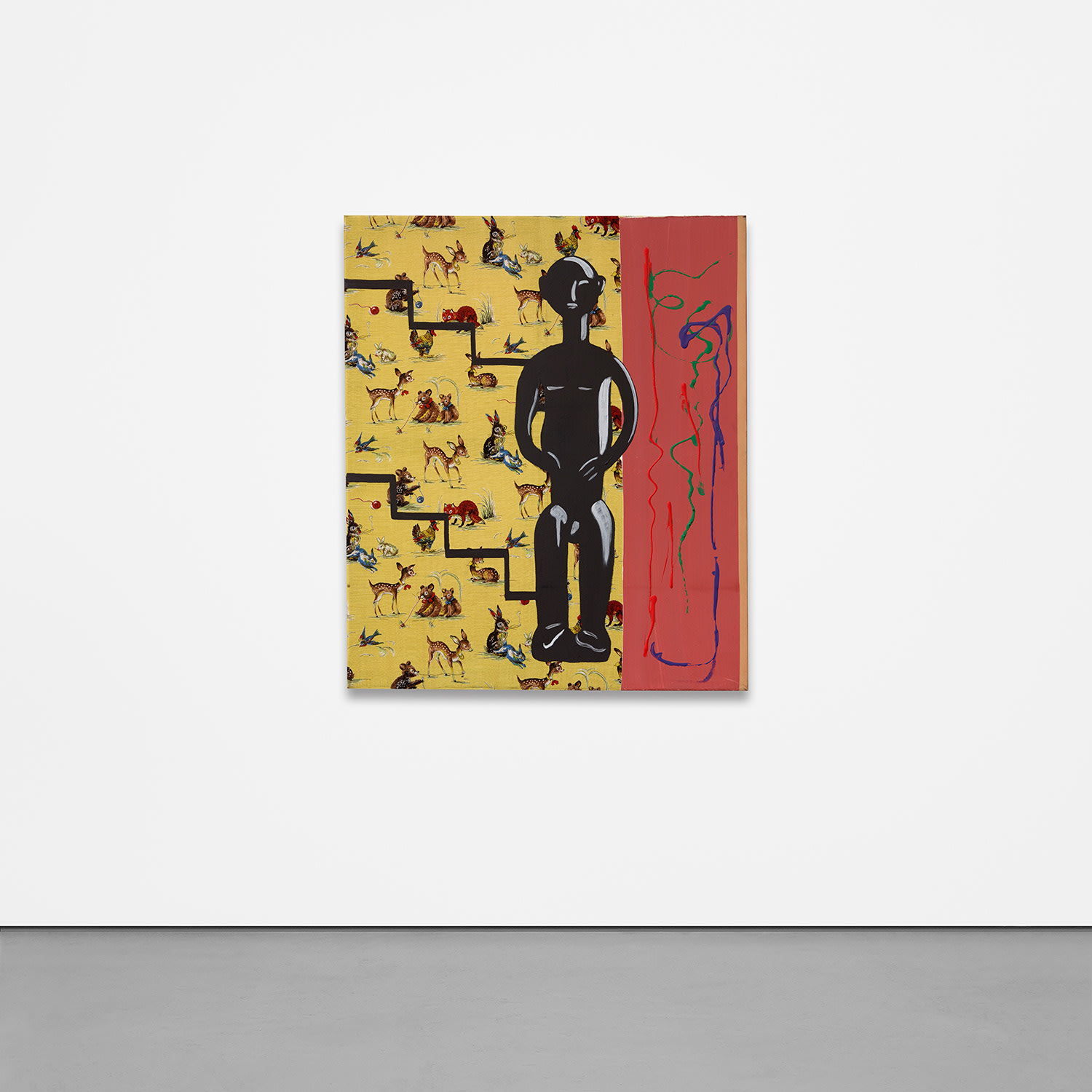



17
Sigmar Polke
Negerplastik
signed and dated 'S. Polke 68' on the stretcher
dispersion paint and Leukoplast medical tape on patterned fabric
130.3 x 110.5 cm (51 1/4 x 43 1/2 in.)
Executed in 1968.
We are grateful to Michael Trier for the information he has kindly provided.
We are grateful to Michael Trier for the information he has kindly provided.